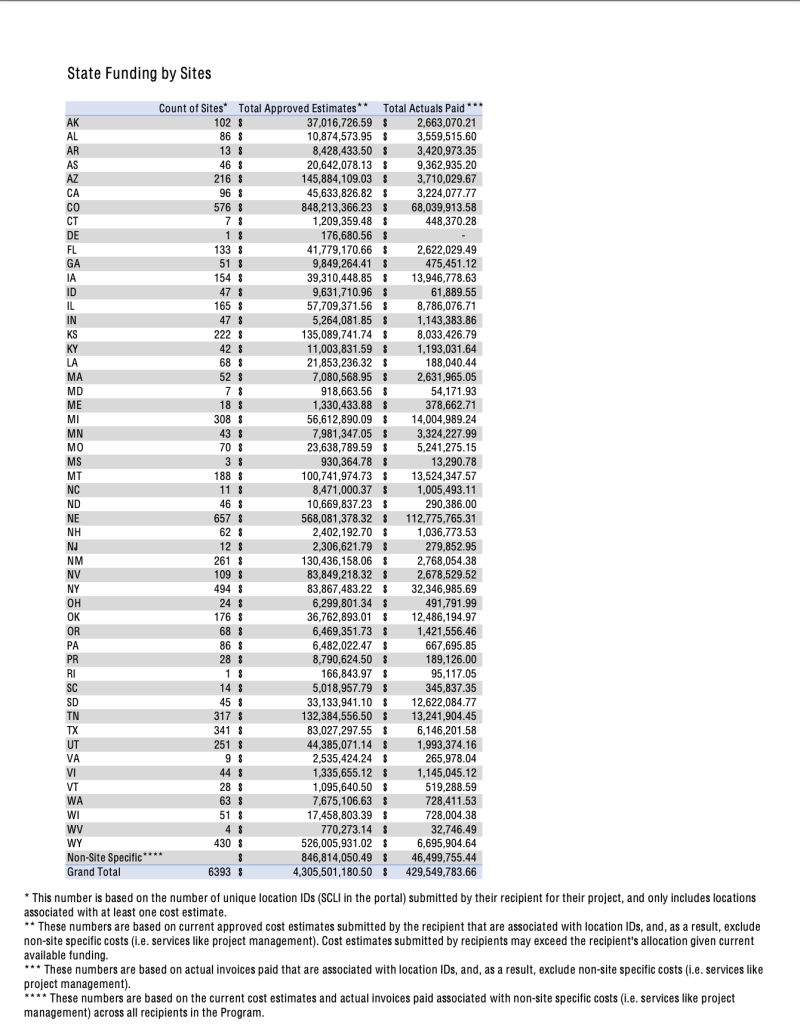The Federal Communications Commission (FCC) has approved $4.3 billion in requests by operators for reimbursements to rip and replace their old Huawei and ZTE equipment. And according to new data made available today, the government has already paid out $429 million for these requests.
According to the new data — which was made public at the request of Congresswoman Doris Matsui (D-CA) — the state that has received the most rip and replace funds, so far, is Nebraska at more than $112 million, followed by Colorado at $68 million; New York at $32 million; and Michigan at $14 million.
Today, Matsui said that she had requested the data from the FCC to get a clearer understanding of the progress on the Secure and Trusted Communications Networks Reimbursement Program (SCRP).
Currently, the FCC is dealing with a funding shortfall for rip and replace projects. And it’s only able to pay 39.5% for approved reimbursement requests.
While Congress appropriated $1.9 billion to the SCRP, the FCC has so far approved reimbursements for approximately $4.3 billion in projects, based on the data released today. There’s obviously a significant funding shortfall.
Fierce Wireless spoke with Competitive Carriers Association President & CEO Tim Donovan today. The trade group has been very active in working with the FCC to help its members navigate the rip-and-replace funding gauntlet.
In terms of a timeline for when Congress might fully fund the program, Donovan said, “We’re working on it.”
He said there’s a mix of strategies among CCA members in how they’re upgrading their networks and removing Chinese-made telecom equipment. “There are some companies that are going as quickly as they can,” he said. “There are some others that have reevaluated to see what can be done with 40% funding. And some are continuing down their initial plan, but making sure they don’t move forward with work that would put them over the 40%.”
The FCC files quarterly status updates on the program. And its next one is due to be filed sometime in February.
